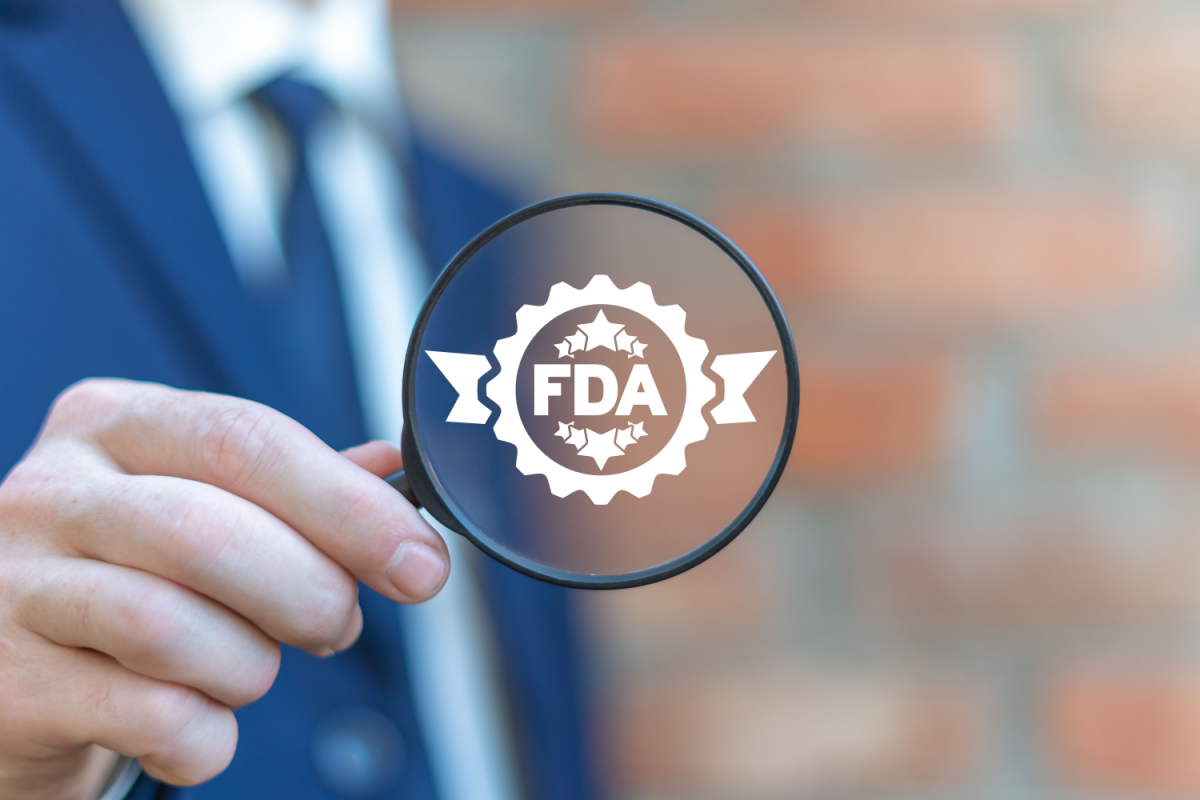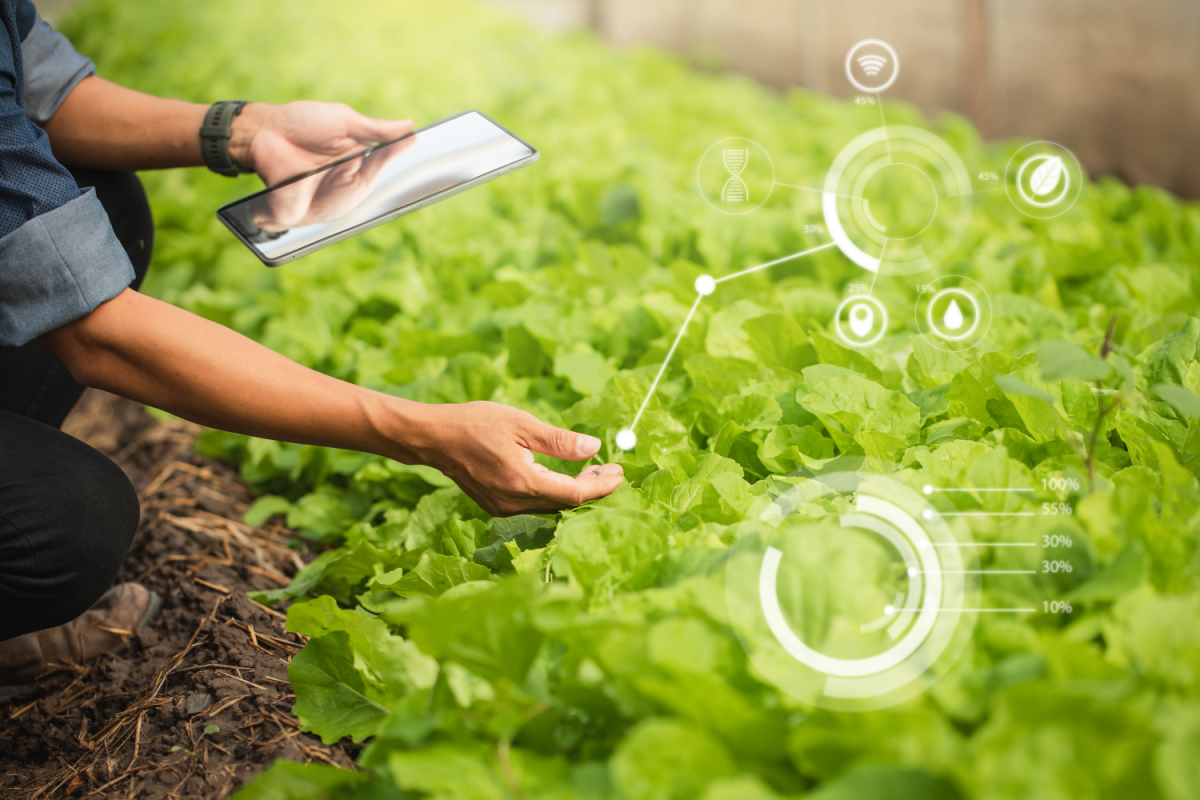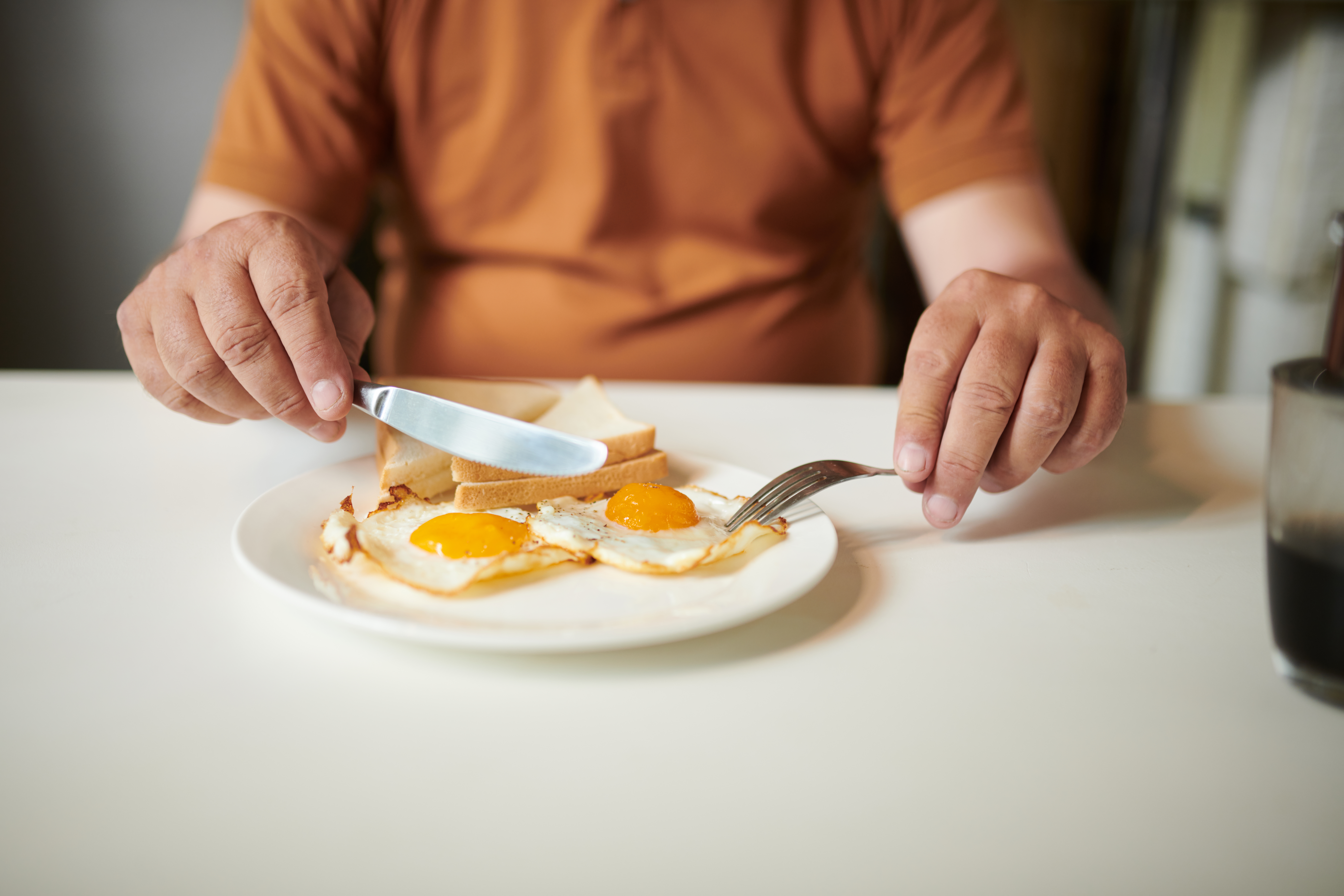Cornell University researchers have been making strides in the development of a revolutionary tool to combat dangerous pathogens in commercial dry food manufacturing plants. Their solution? Superheated steam. Resembling an overgrown hair dryer or heat gun, the tool can direct dry superheated steam at 250 degrees Fahrenheit at targeted low-moisture food contact surfaces.
In certain dry manufacturing plants where water cannot be used to sanitize equipment, lead researcher Dr. Abigail Snyder, an assistant professor of food science, has been investigating the effectiveness of superheated steam in cleaning these environments and preventing contamination.
The significance of this work extends to industries such as milk powder and powdered infant formula, which have garnered significant attention from consumers. Recent incidents involving Cronobacter sakazakii infections linked to Abbott’s baby formula resulted in hospitalizations and tragic deaths, prompting product recalls.
Related: New Rapid Salmonella Test Could Accelerate Poultry Safety
What is Superheated Steam?
Steam plays a crucial role in the food processing industry, serving various purposes from the moment produce is harvested until it reaches the dinner table. While saturated steam consists of both vapor and hot water, superheated steam refers to a dry vapor that is heated above the boiling point of water. Its dry nature makes it highly valuable in maintaining the quality of food products during processing.
Food manufacturers use steam for tasks like dehydration, distillation, pasteurization and cooking, which helps preserve the taste and texture of their offerings. Superheated steam finds application in baking potato chips, preparing heat-and-serve meals and drying fruits as well. Steam is also employed for sterilizing equipment and preventing contamination during packaging processes.
The potential applications of superheated steam are not limited to baby formula manufacturing but also encompass snack food, spice, nut, and nut butter production, as well as the processing of produce, chocolate and other confectioneries.
Cornell’s Ongoing Research for Dry Food Manufacturing
To support the research on superheated steam, Dr. Snyder secured a $400,000 grant from the Center for Produce Safety in January 2022. Partnering with co-investigator Professor V.M. (Bala) Balasubramania from Ohio State University, Dr. Snyder has been examining produce-processing pack houses to determine the most effective implementation of this technology.
The driving force behind this research is the realization that ensuring safe processing areas for dry foods is a critical and potentially life-saving task. Instances of E. coli contamination have been discovered in low-moisture foods and the US Centers for Disease Control and Prevention (CDC) reported approximately 100 multi-state E. coli cases linked to flour and related products between 2016 and 2019.
Dr. Snyder emphasized that many food products do not require refrigeration, leading to the historical belief that low-moisture foods are safe due to their limited ability to support microbial growth; however, recent outbreaks and recalls associated with dry food have highlighted the resilience of pathogens, which can survive for extended periods in these products.
“Our results will be compared to the efficacy of conventional scraping, vacuuming and brushing methods now commonly applied,” Snyder told the Cornell Chronicle. “We hope new tools like superheated steam will reduce the demand on water, sanitizers and waste-stream management in food manufacturing, aligning with consumer preferences and sustainability goals.”












Join or login to leave a comment
JOIN LOGIN